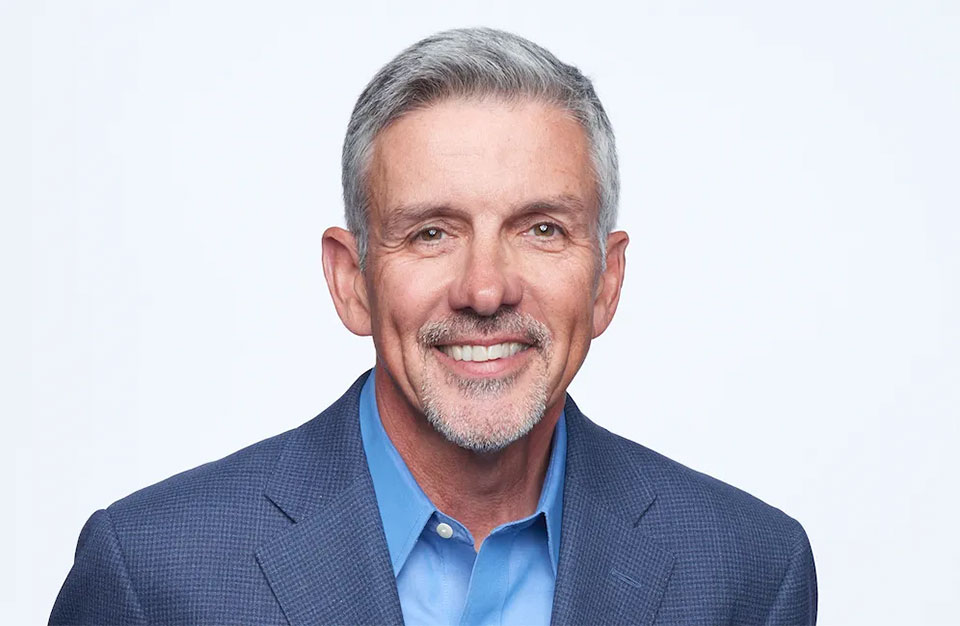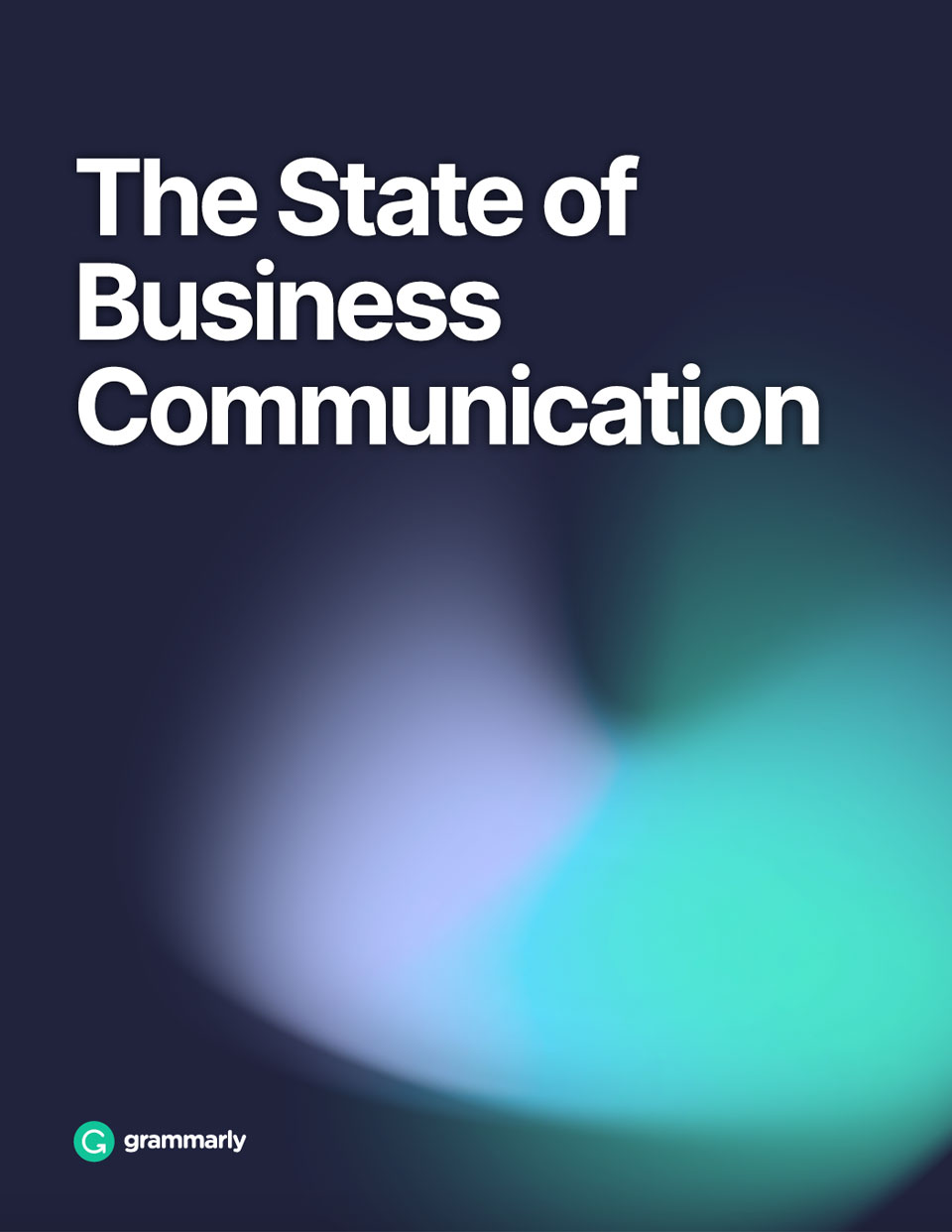Assume You’re the Problem

Grammarly/Harris Poll released a study recently called The State of Business Communication. To examine what’s getting in the way of collaboration, productivity, and output in the hybrid work era, the research team surveyed 251 business leaders and 1001 knowledge workers employed full-time by companies with at least 150 employees. Among the more staggering findings: Poor communication costs US companies $1.2 Trillion annually. To be clear, that’s Trillion with a T!
My First Communication Job
After reviewing the survey results, it conjured memories of my first private-sector job as a speechwriter for the CEO of a Fortune 100 company. Realizing I was woefully unqualified, I spent two weeks reacquainting myself with the finer points of my mother tongue, relying heavily on reading and re-reading Elements of Style by Strunk and White, first published in 1920.
Years later, I came across a wonderful book by Lynne Truss titled Eats, Shoots & Leaves: The Zero Tolerance Approach to Punctuation. Subtitle notwithstanding, the narrative makes learning the ins and outs of punctuation fun. For those of you who may be unfamiliar with it, the title is a purposeful play on punctuation designed to create ambiguity. For example:
A panda walks into a café. He orders a sandwich, eats it, then draws a gun and fires two shots in the air. “Why?” asks the confused waiter, as the panda makes towards the exit. The panda produces a badly punctuated wildlife manual and tosses it over his shoulder.
“I’m a panda,” he says at the door. “Look it up.”
The waiter turns to the relevant entry in the manual and, sure enough, finds an explanation.
“Panda. Large black-and-white bear-like mammal, native to China. Eats, shoots & leaves.”
The addition of the comma changes the meaning from “consumes shoots and the leafy parts of a plant” to “eats, fires a weapon, and departs.” Clever, right?
The book, Eats, Shoots & Leaves, and my failure to pass the baton successfully to the anchor leg of our undefeated one-mile relay team in junior high school forever altered how I see effective communication. They did so in two important ways: 1) The better I understood the rules of grammar and punctuation, the more inclined I became to break them for clarity. I’ll choose clarity over clumsy any day. 2) As I learned from my track coach, the receipt of the baton (message as intended) is the responsibility of the sender, not the receiver.
Communicating with clarity and accepting 100% responsibility for others receiving your message (with all their mental models in play) is not easy. Yet unfortunately, it’s among the reasons that fixing business communication challenges in the coming years won’t be easy either.
The Challenges of Fixing Business Communication
“The majority of business leaders and knowledge workers experience the negative impact of ineffective communication. Three in four business leaders agree that ‘my team spends too
much time and energy resolving miscommunications’ (76%) and ‘I spend too much time and energy resolving miscommunications’ (75%). And a majority of business leaders experience the negative impact of those miscommunications on a weekly basis” (Grammarly/Harris, 2022).
Two challenges to addressing effective communication, as documented in the study, include companies that now have a more distributed workforce and the increased use of multiple digital communication platforms. Those challenges are not the ones that concern me, however. Instead, the two challenges I find most troubling are that people tend to believe clear communication comes naturally. Because 85% of business leaders and 73% of knowledge workers are confident about their written communication skills, they may not be inclined to look at themselves first when tackling the issue.
In short, those who may have a big hand in contributing to the problem will fail to see their role in perpetuating it. Communicating poorly and ineffectively is what other people do. The first steps to addressing an issue are understanding there is one and accepting the notion that each of us has room for improvement. Until that happens, it wouldn’t surprise me, especially with inflation and all, that when Grammarly/Harris conducts the study next year, the number will be well north of $1.2 Trillion.
Some Assumptions Are Good
While many of you may remember the old chestnut that we should never ASSUME because it makes an ASS out of U and ME, I believe this applies largely to making assumptions about other people and their intentions. Suppose we’re ever going to make a dent in improving communication at work (and at home). In that case, it should begin with three assumptions: 1) clear communication requires hard work and intentionality, 2) you’re not as strong a communicator as you think, and 3) you own the clarity of your communication. Even if you’re an amazing communicator, these assumptions will serve you well. You can always get better, and you will model the way for everyone else.
Summary The fundamental premise of Peernovation is “the power of we begins with you” – with each of us. Together, we can vastly improve the state of business communication, but to do so, we all have to own it. Please read the entire study, as it is chocked full of terrific insights and data. Then, while you’re at it, pick up Elements of Style and Eats, Shoots & Leaves for yourself and your team members. Make improving communication fun and save a whole lot of time and money!
Written by Leo Bottary.
Have you read?
Best Business Schools In The World For 2022.
Best Fashion Schools In The World For 2022.
Best Hospitality And Hotel Management Schools In The World For 2022.
Best Medical Schools In The World For 2022.
The World’s Best Universities For Doctor of Business Administration (DBA), 2022.
Bring the best of the CEOWORLD magazine's global journalism to audiences in the United States and around the world. - Add CEOWORLD magazine to your Google News feed.
Follow CEOWORLD magazine headlines on: Google News, LinkedIn, Twitter, and Facebook.
Copyright 2025 The CEOWORLD magazine. All rights reserved. This material (and any extract from it) must not be copied, redistributed or placed on any website, without CEOWORLD magazine' prior written consent. For media queries, please contact: info@ceoworld.biz









